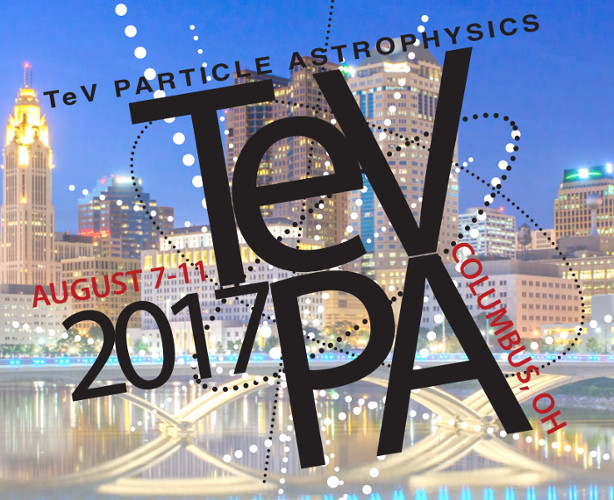Speaker
Description
Tidal disruption events (TDEs) by supermassive or intermediate mass black holes have been suggested as candidate sources of ultrahigh-energy cosmic rays (UHECRs) and high-energy neutrinos. Motivated by the recent measurements from the Pierre Auger Observatory, which indicates a metal-rich cosmic-ray composition at ultrahigh energies, we investigate the fate of UHECR nuclei loaded in TDE jets. First, we consider the production and survival of UHECR nuclei at internal shocks, external forward and reverse shocks, and nonrelativistic winds. Based on the observations of Swift J1644+57, we show that the UHECRs can survive for external reverse and forward shocks, and disk winds. On the other hand, UHECR nuclei are significantly disintegrated in internal shocks, although they could survive for low-luminosity TDE jets. Assuming that UHECR nuclei can survive, we consider implications of different composition models of TDEs. Tidal disruption of main sequence stars or carbon-oxygen white dwarfs is difficult to reproduce the observed composition or spectrum. The observed mean depth of the shower maximum and its deviation could be explained by oxygen-neon-magnesium white dwarfs, but they may be too rare to be the sources of UHECRs.




